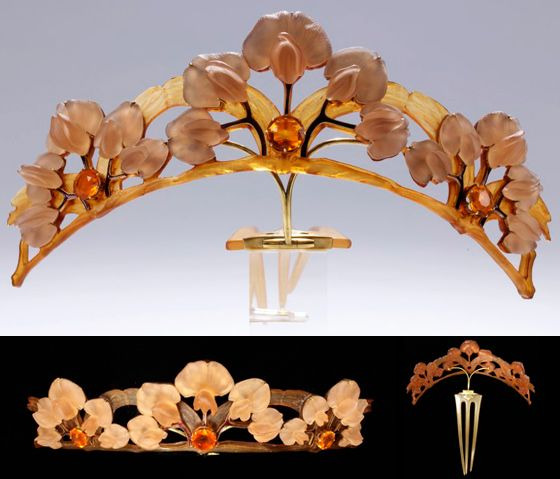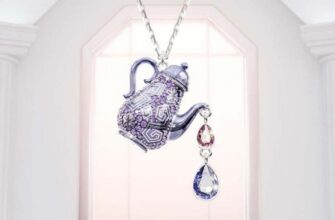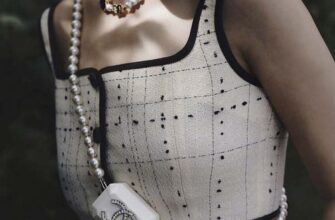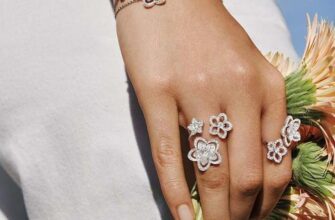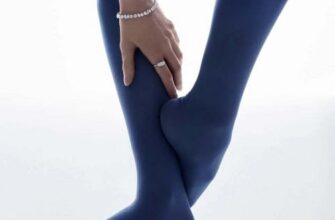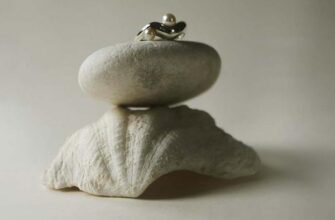Is it possible to combine the incompatible: turn ordinary, everyday things into beautiful jewelry, art objects that are comfortable and practical? Artists of the Art Nouveau era will answer without a shadow of a doubt - Yes! And we will see this answer in the form of combs, combs and hairpins, which were once everyday accessories for women, and today have become priceless exhibits of museums and private collections!
Those who are not familiar with the Art Nouveau period in jewelry, get acquainted!
And, of course, Rene Jules Lalique will always be number 1 in the conversation about the jewelry of that beautiful wave in art. Incredible Rene brought such turmoil and scandal to the ranks of jewelers, using materials that are incompatible at the sight of retrogrades in jewelry, such as horn, diamonds, plastic, glass, gold ...
Jewelers of the old school cursed him, women idolized him.
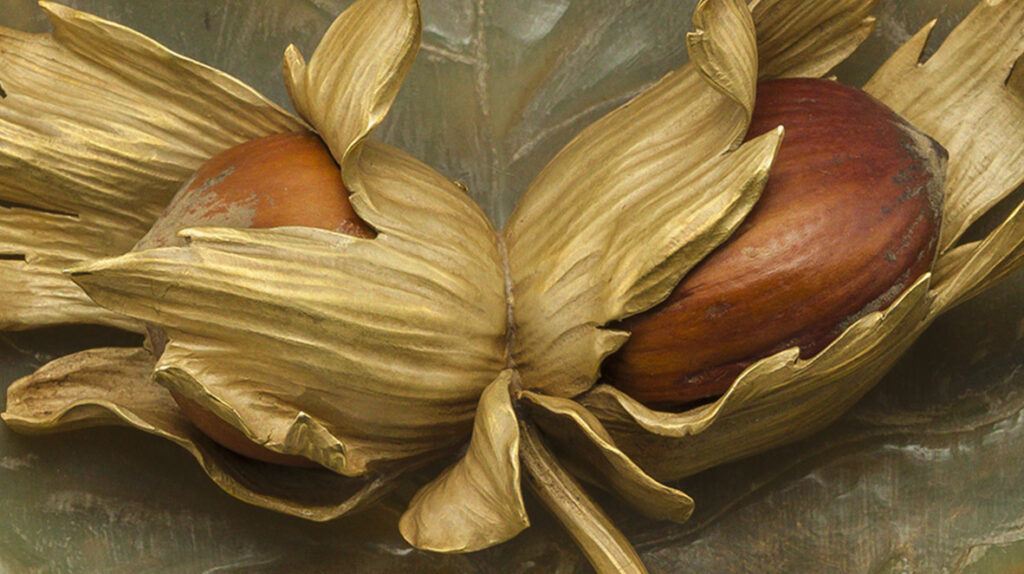

To understand the credibility of this crest, carved from a pale horn, we need to go back to Rene Lalique's childhood and his long walks through the plains of Champagne, bordered by forests filled with whole worlds of birds and insects. All these impressions of childhood Lalique embodied in his works.
The beautiful veined leaf and the comb itself are made of polished carved horn, the comb is adorned with real hazelnuts wrapped in gold leaf. Absolutely touching.


It is impossible to stop, and each comb made by Rene Lalique, I would like to quote separately.
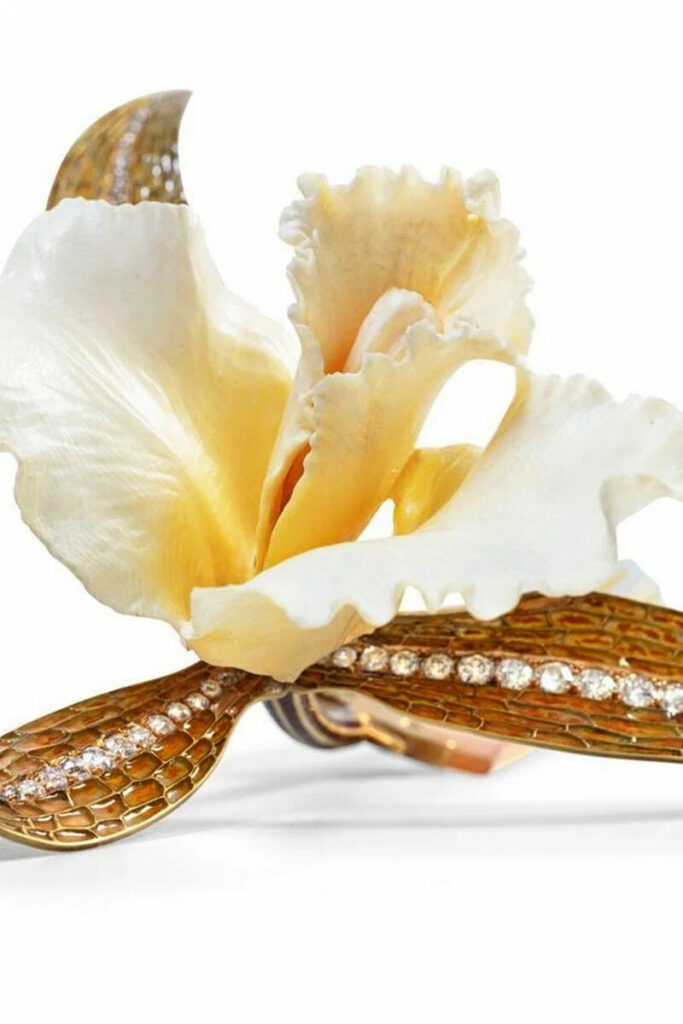
This orchid-shaped comb is carved from a single piece of ivory and mounted on a golden leg with brown striped enamel. Three leaves emerge from the base of the flower, painted in plique-à-jour enamel, ranging from delicate peach to pale olive. The central vein of each leaf begins with a short patch of light gray enamel followed by a series of graduated diamonds. Brown enamel covers parts of the leaves both in front and behind. The stem is attached with a gold hinge to a three-pronged horn comb. Art Nouveau jewelers were particularly attracted to orchids because of their exoticism and rarity.
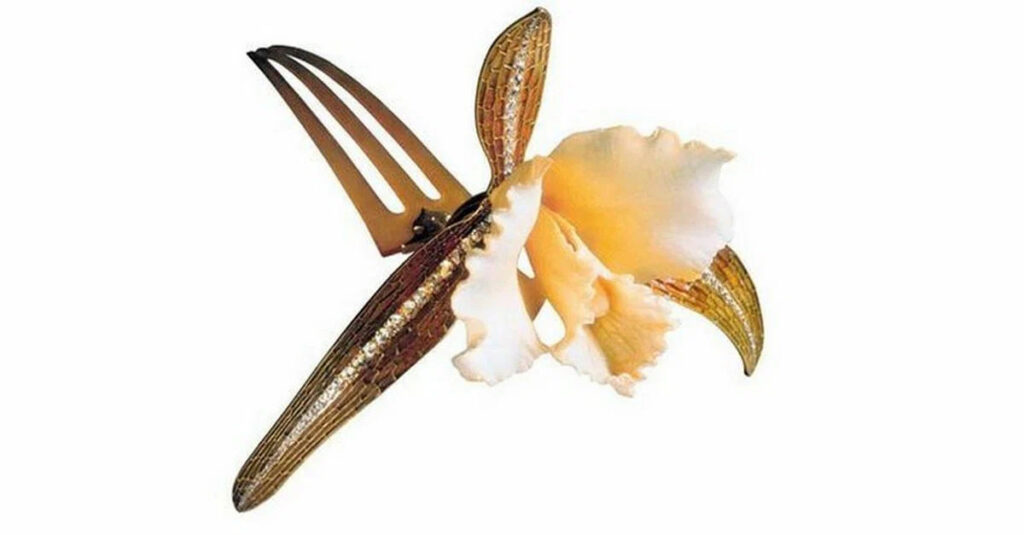
Lalique experimented with new materials, such as an early form of plastic called celluloid, from which this comb is made. The comb, adorned with gold and enamel and set with diamonds, was commissioned in Paris in 1900 by Mrs. Howard Mansfield of New York:
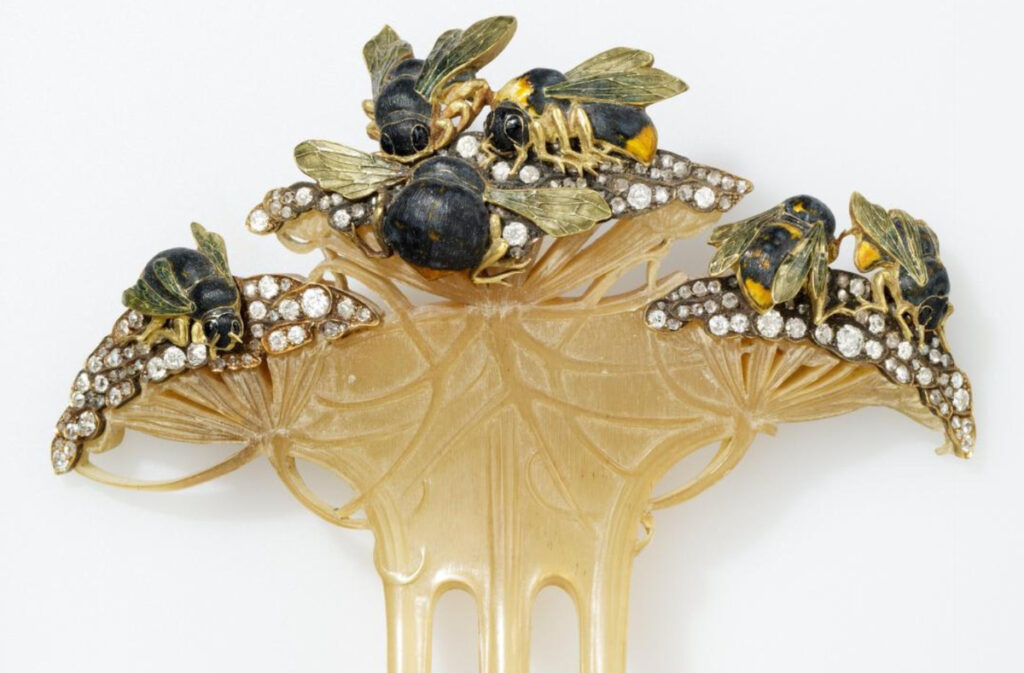
Rene Lalique Comb Gallery:
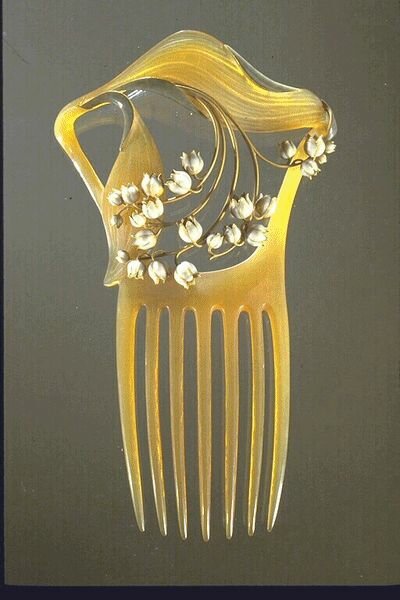

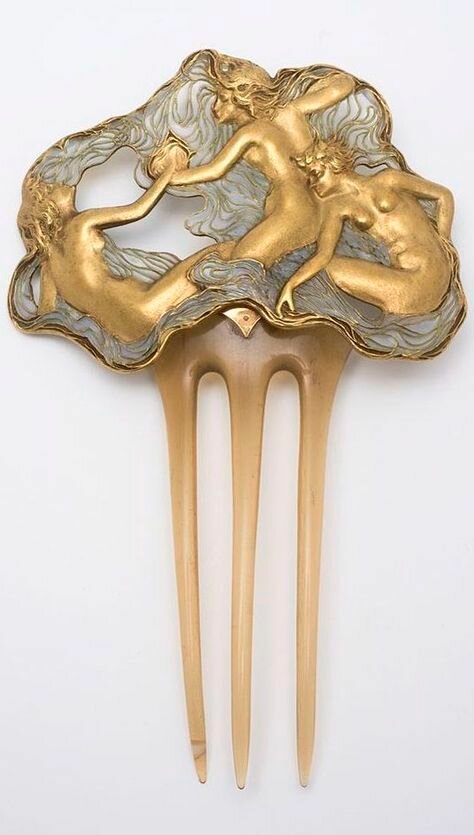
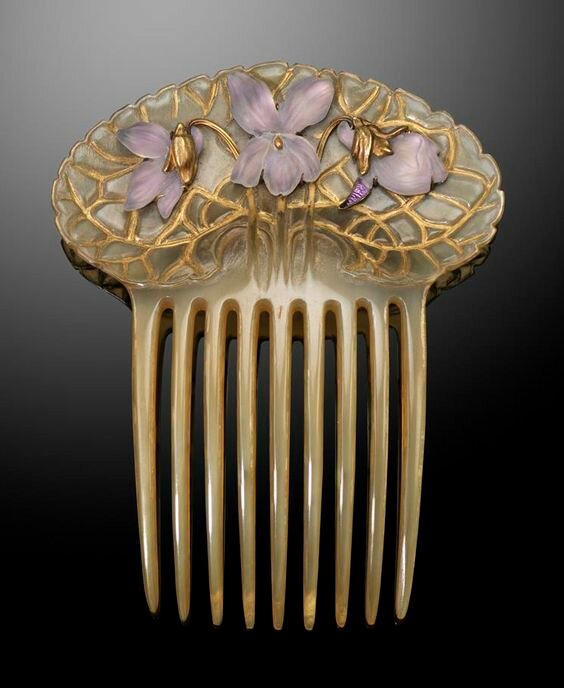
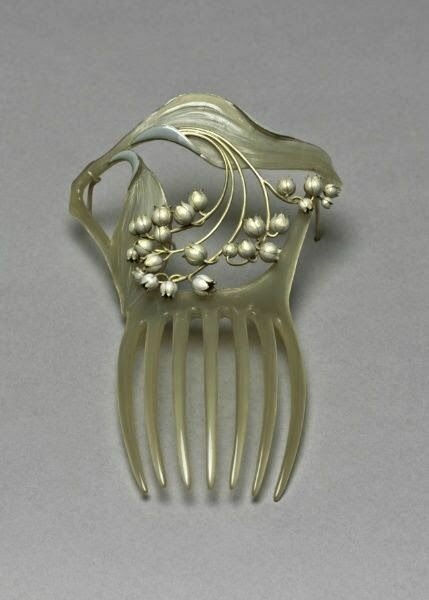
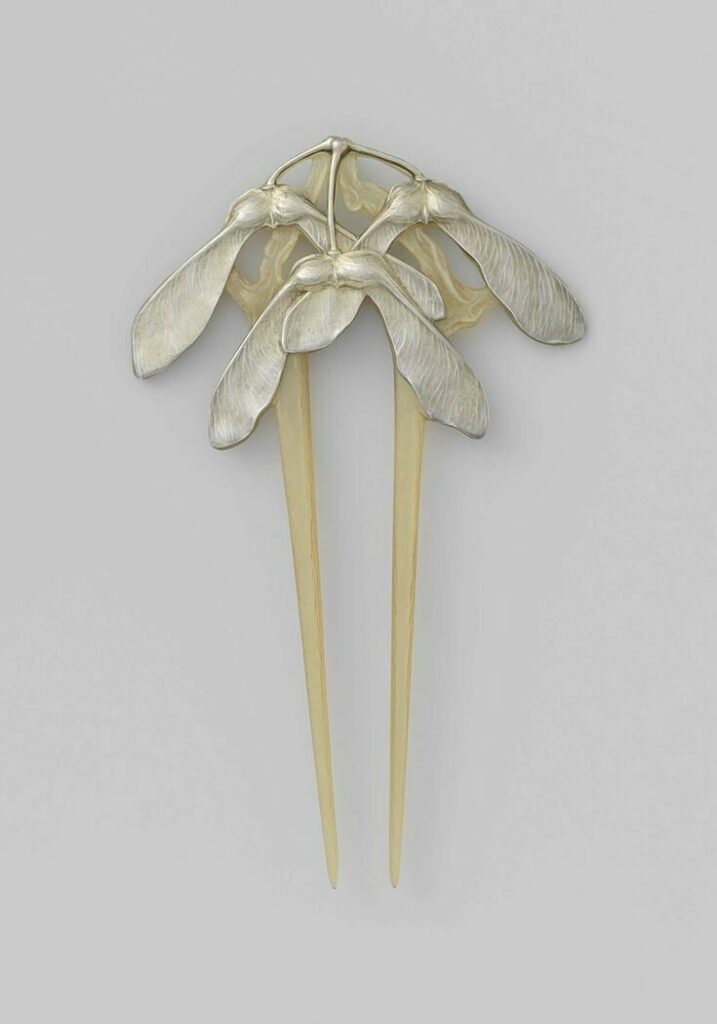
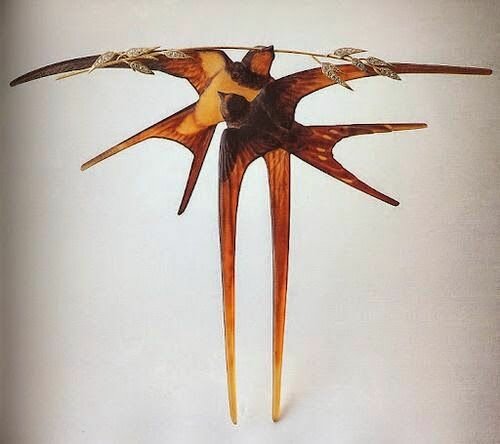
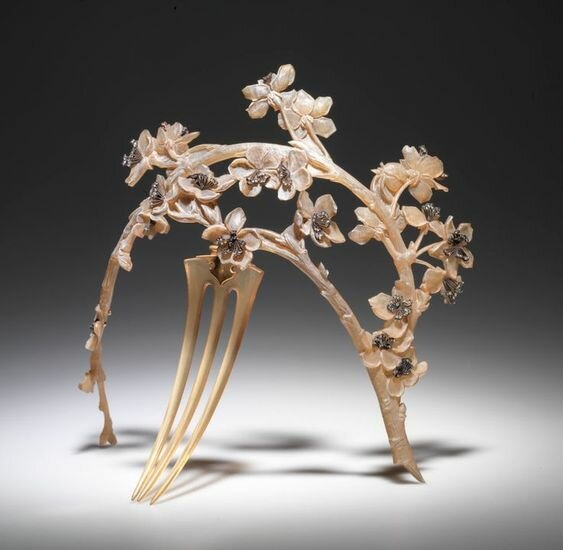
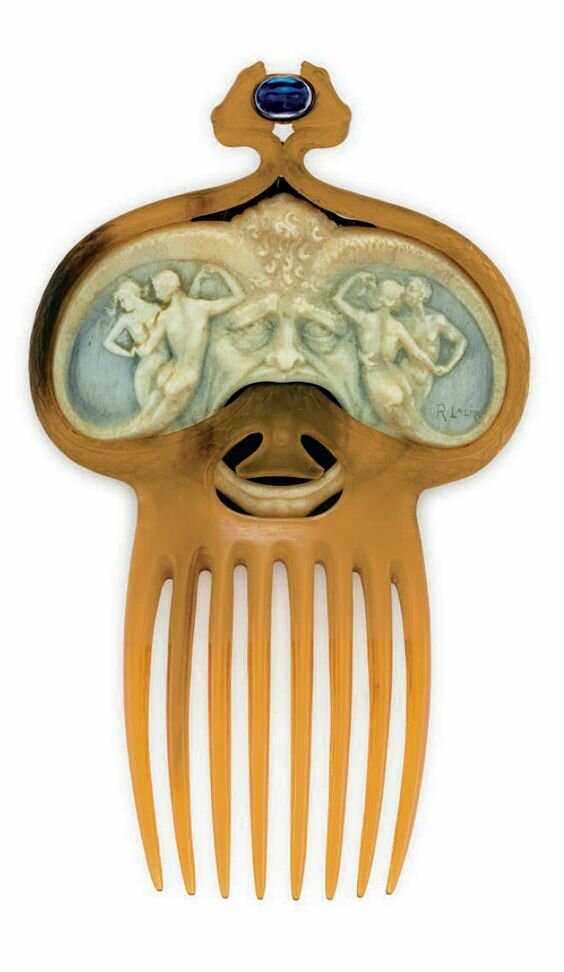
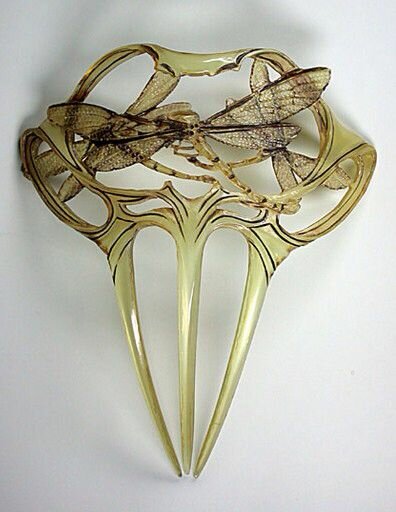
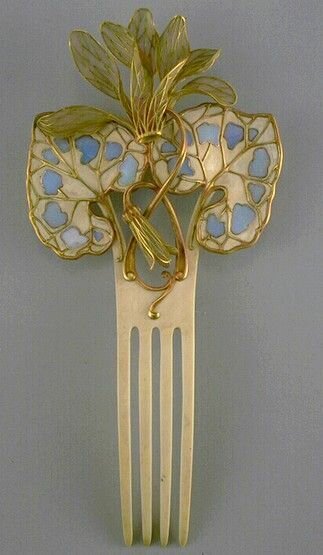
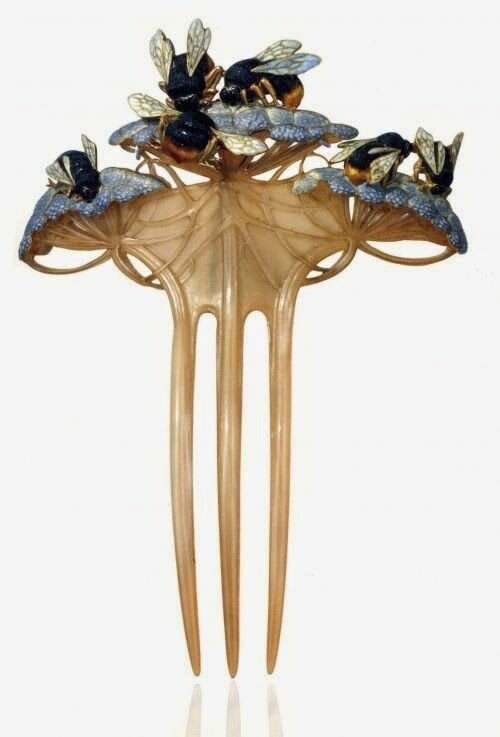

Hairpins (kanzashi) Rene Laliquea
All these combs, hairpins are borrowed from Japanese culture, which inspired French artists.
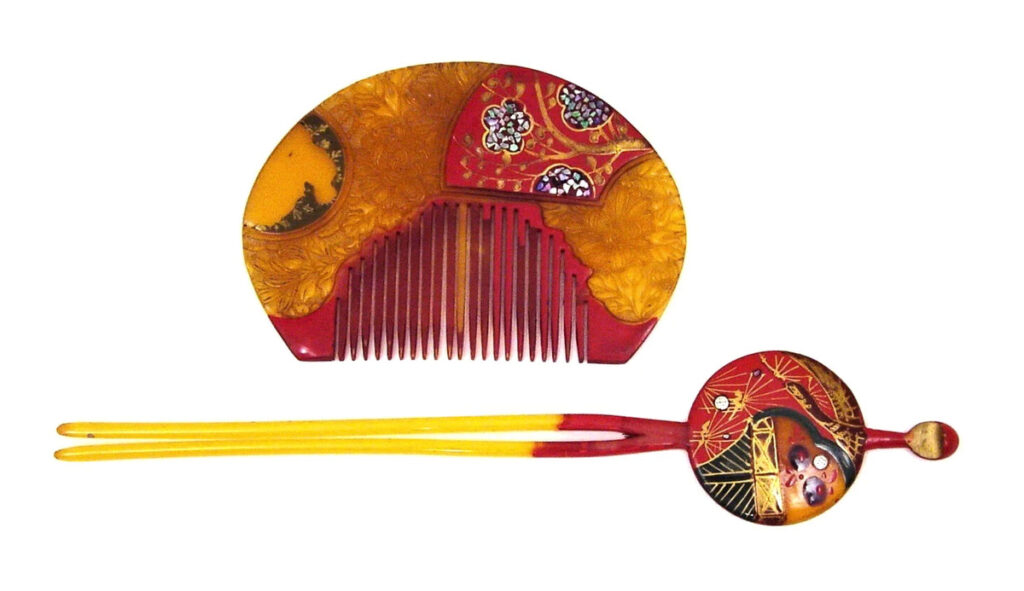
Not Lalique alone...
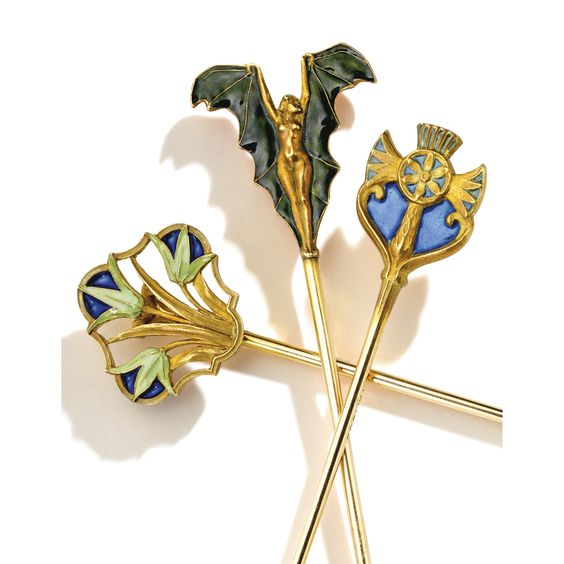
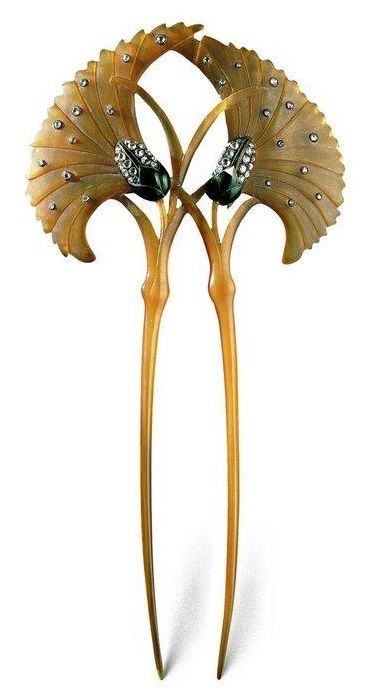
During Art Nouveau, the wonderful Lucien Gaillard created, he is so gentle and beautiful in his works. Gaillard is one of the few who studied in detail and brought Japonism to Art Nouveau.
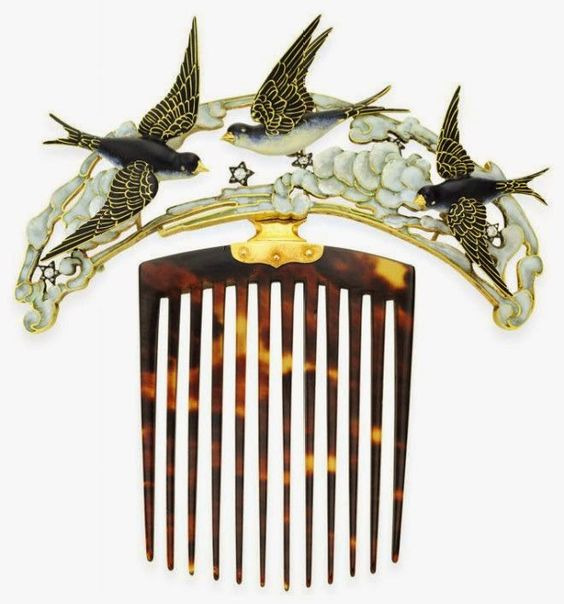
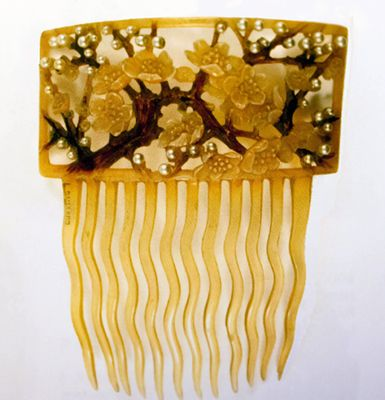
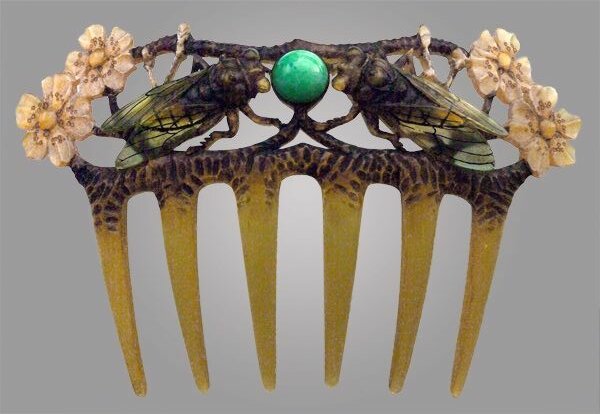
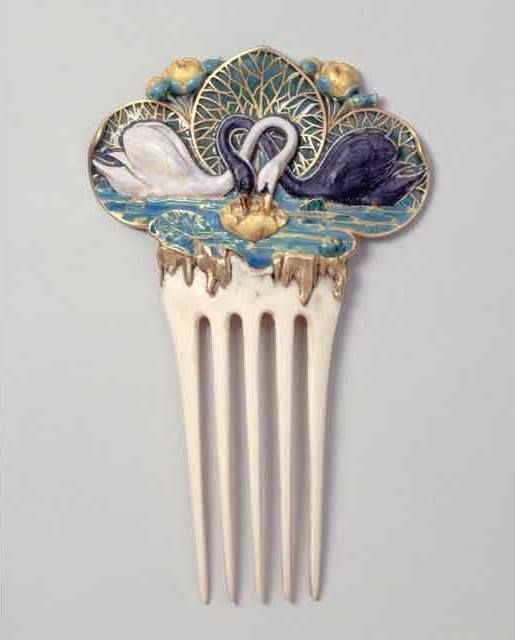

Thinking about combs, hairpins and combs, I wondered why Art Nouveau art tutorials link all these items to Japan? After all, such accessories accompany all cultures and races of mankind.
Combing hair is an ancient and evocative gesture. Crests 4000 BC were found in the cemeteries of Upper Egypt at Naqada. The Etruscans buried their dead with makeup kits including pins, brushes, nail polish and combs that were decorated with scenes from myth or daily life. They believed that a person should be perfectly groomed before meeting the gods in the afterlife.
Ancient Roman epigraphs mention the art of proper combing.
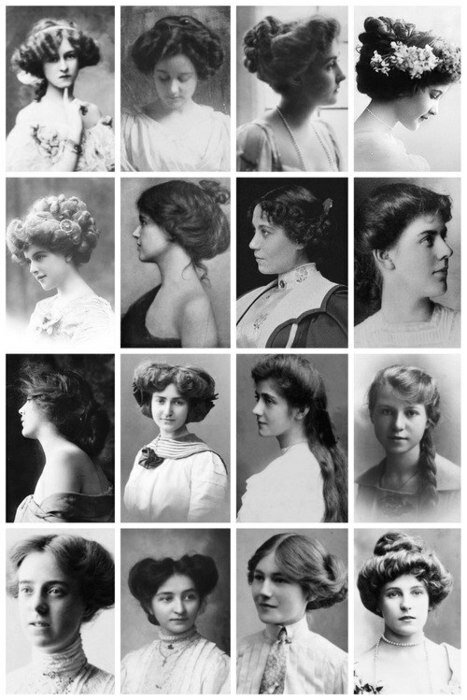
Only a few drawings and patterns in the style of Japanese graphics can be found on these magical combs. However, we will not argue with art critics, this distracts from the main thing - admiration for unique objects of art.
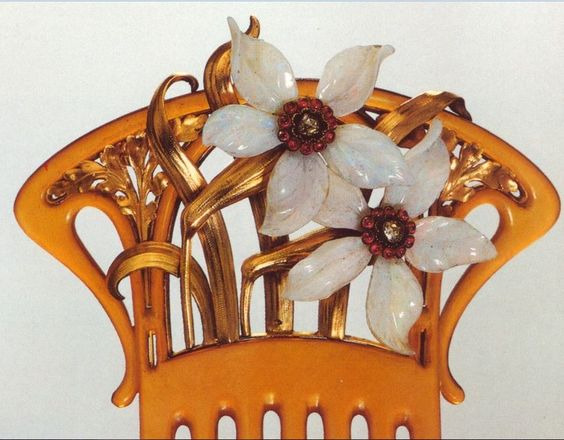
Jewelers of the Art Nouveau era created the impossible, skillfully weaving a fairy tale into everyday life.
